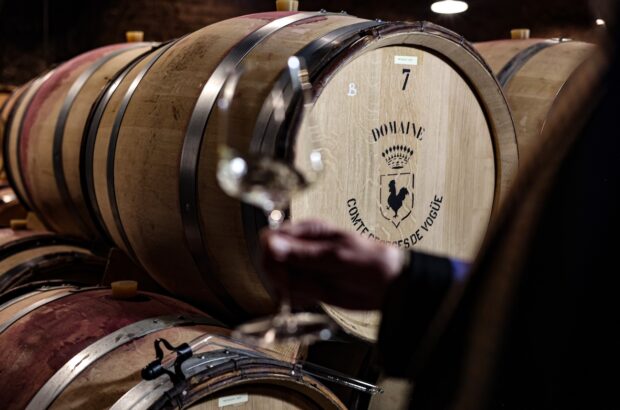Scientists in Australia have sequenced the Brettanomyces genome – a breakthrough that will ‘future-proof’ the industry against spoilage by the yeast organism known as brett.
The AWRI team: Dr Paul Chambers, Dr Anthony Borneman, Professor Sakkie Pretorius, Dr Chris Curtin
In what the Australian Wine Research Institute is calling a world first for Australian wine, the discovery will give winemakers a competitive advantage in managing brett, which can spoil wine with medicinal or metallic characters, the AWRI said.
‘Sequencing the brett genome, which reveals its genetic blueprint, means the Australian wine industry can future-proof its strategy against brett and the risk of spoilage,’ AWRI managing director Professor Sakkie Pretorius said.
Describing brett as ‘the enemy’, Dr Chris Curtin, the lead AWRI researcher on the Brett genomics project, said they could now investigate the potential for brett to develop a ‘super strain’ that would be resistant to sulphites, the common method for dealing with the organism.
The danger of the emergence of such a strain was one of the reasons the AWRI set out to identify the brett genome.
‘We’ve already found the most important gene responsible for sulfite tolerance in brett,’ Curtin said.
Over two decades, ‘through hard work by winemakers using research and recommendations by the AWRI’ incidence of brett spoilage has dropped by 90%, the Institute said.
Its recommendations include addressing ‘oak barrel hygiene and effective sulfite use at low dosage in combination with appropriate pH management.’
Cracking the gene code of Dekkera bruxellensis (Brettanomyces) was similar to working on ‘a giant jigsaw puzzle’, Curtin said.
‘But those long hours of painstaking work over many months delivered results. We’ve now cracked the code of ‘the enemy’ and we’re working on new weapons for winemakers to use against this spoilage yeast.’
The AWRI is supported by Australia’s grape growers and winemakers through their investment body, the Grape and Wine Research Development Corporation, with matching funds from the Australian Government.
Written by Adam Lechmere







